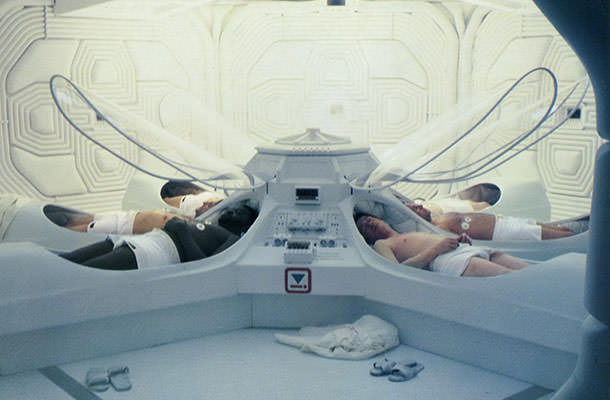Suspended Animation Trials Ready To Begin On Humans

Put bluntly, they’re going to kill people and bring them back to life.
In a first for modern medicine, the UPMC Presbyterian Hospital in Pittsburgh, Pennsylvania, will suspend life in some patients with potentially fatal wounds in order to buy precious time for surgeons to be able to fix the problems.
The technology behind this life suspension process involves replacing a patient’s blood with a cold saline solution that would cool the body from the inside. Meanwhile, a heart-lung bypass machine would be used to restore blood circulation and oxygenation as part of the resuscitation process.
In 2000, Peter Rhee, who helped develop the technique, successfully tested the suspended animation process on pigs, revealing six years later in a research paper that the pigs whose potentially fatal wounds were treated by lowering their temperature showed a 90% survival rate. Comparatively, pigs whose arteries were also cut and whose body temperatures were left alone died.
The team at UPMC Presbyterian Hospital in Pittsburgh is now on call and waiting for their first candidate. These first suspended animation steps will only allow doctors to “freeze” humans for a few hours – technically, the temperature is dropped to 10 degrees Celsius – in order to treat them, after which their bodies will be brought back to regular temperature.
They’ll perform the procedure ten times and compare the results to ten similar patients who were eligible but did not receive the treatment because the team wasn’t available. If all goes well, they’ll continue trials until they have enough data to analyze.
It’s a little bit ironic that this ground-breaking new method for keeping patients alive is just a different iteration of one of the oldest preservation methods we know: pickling.












